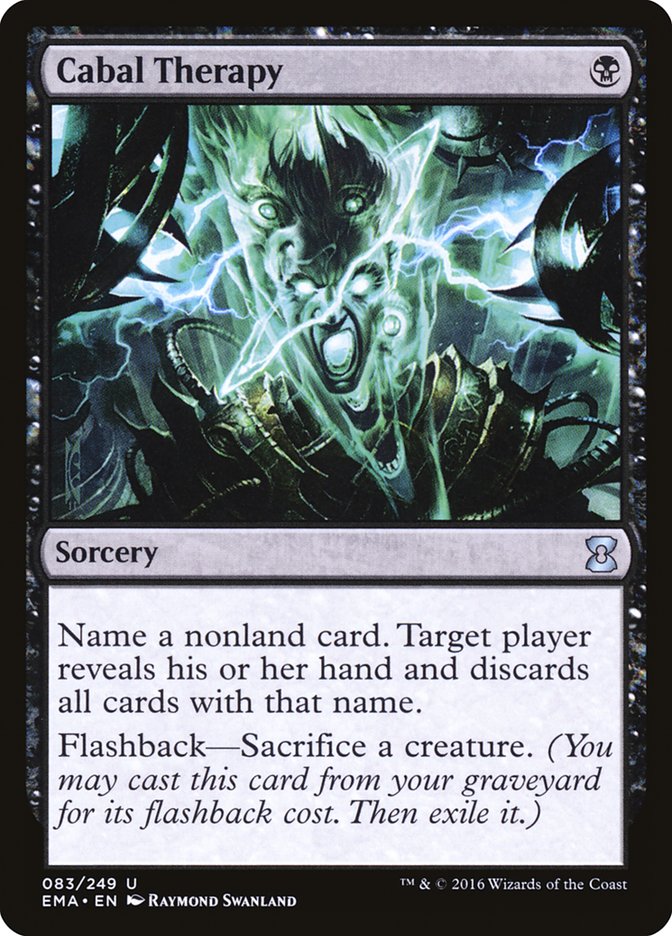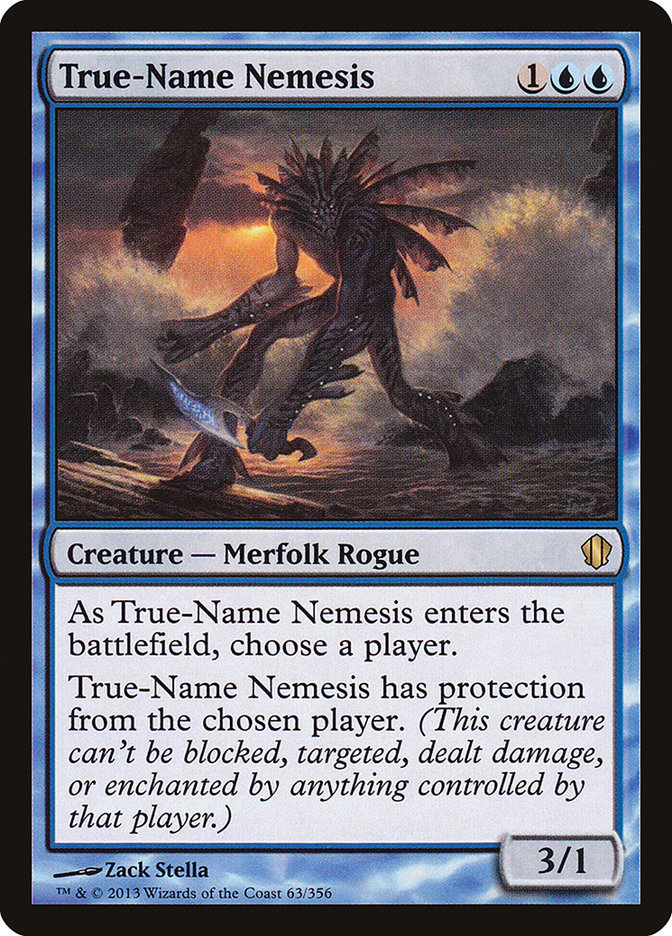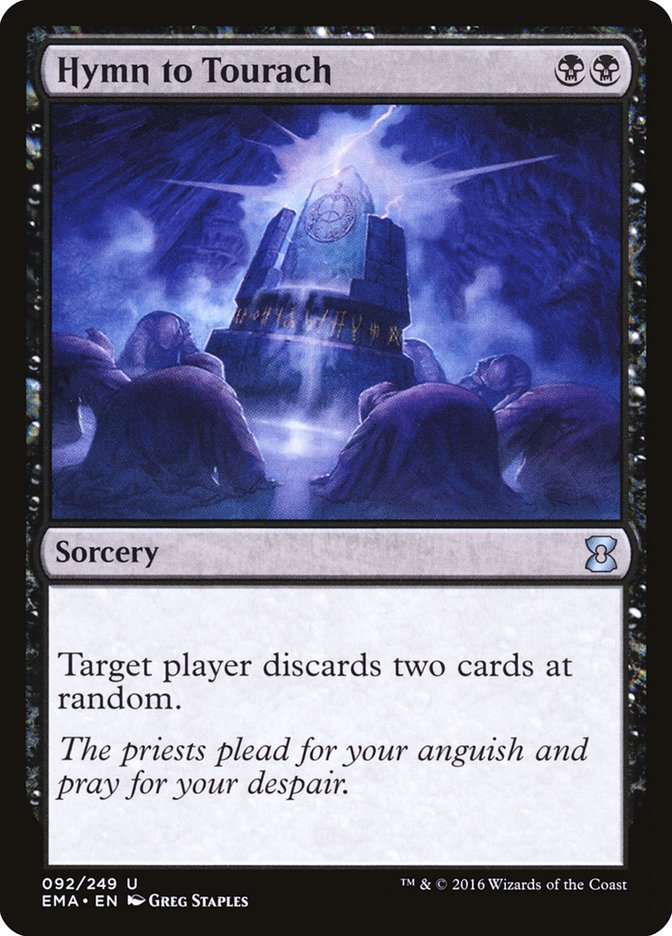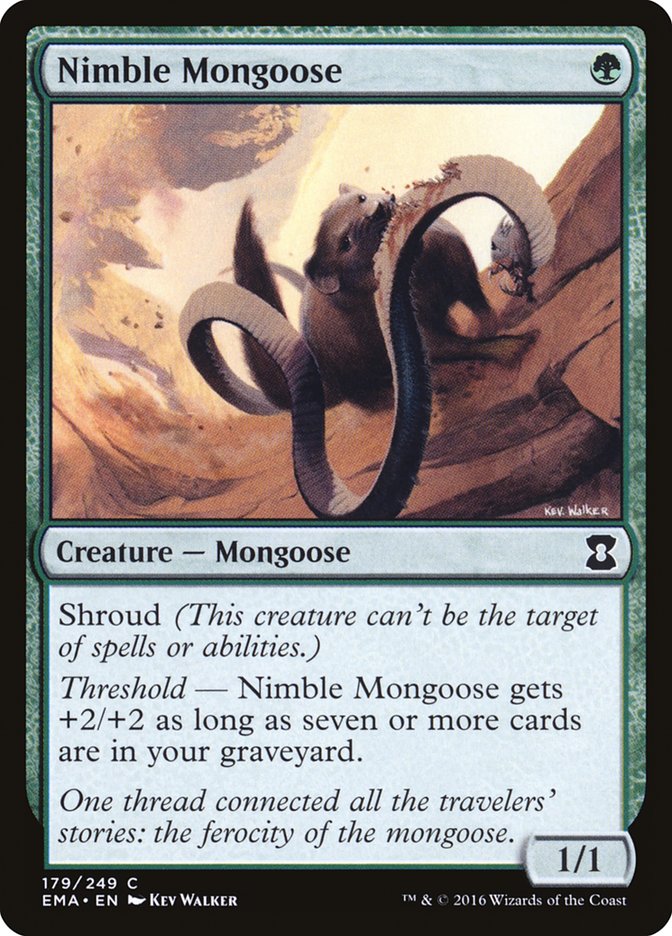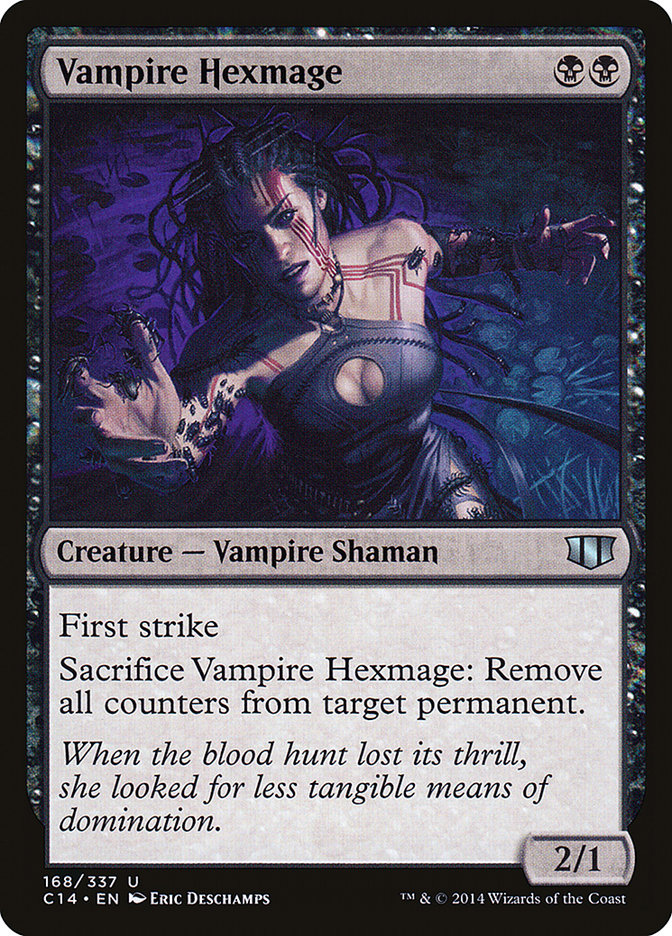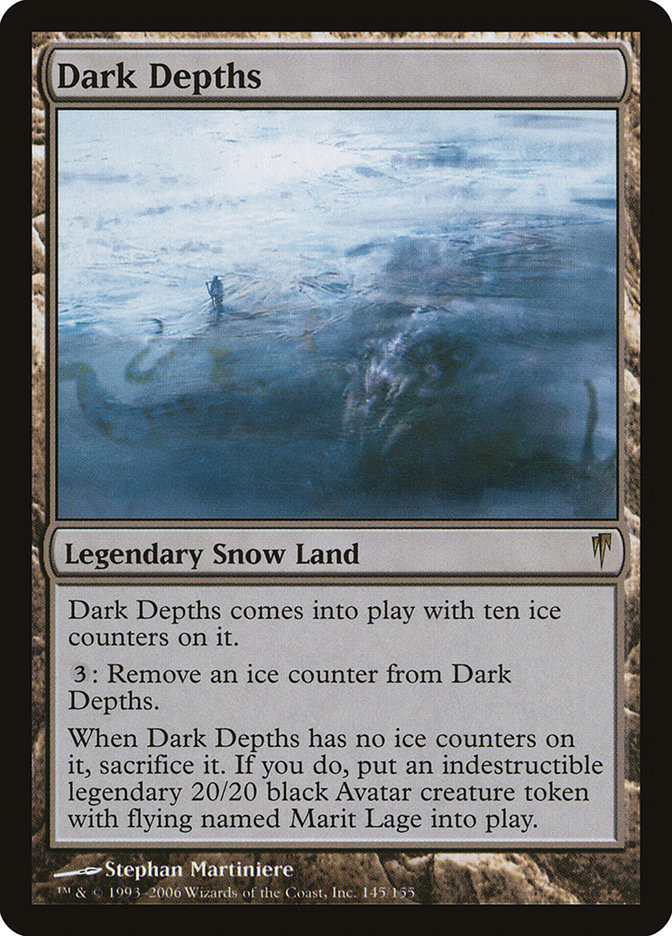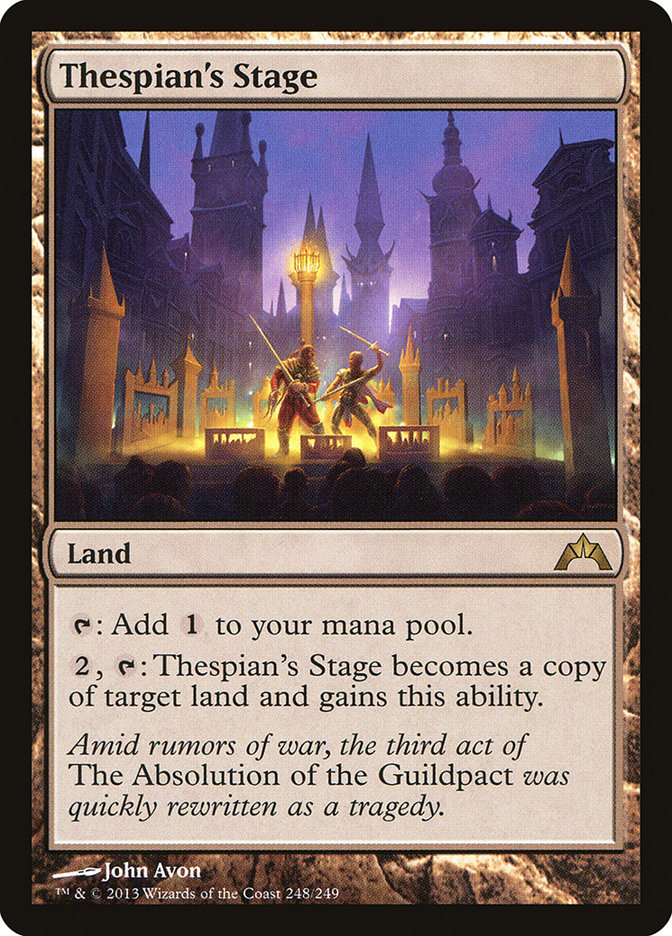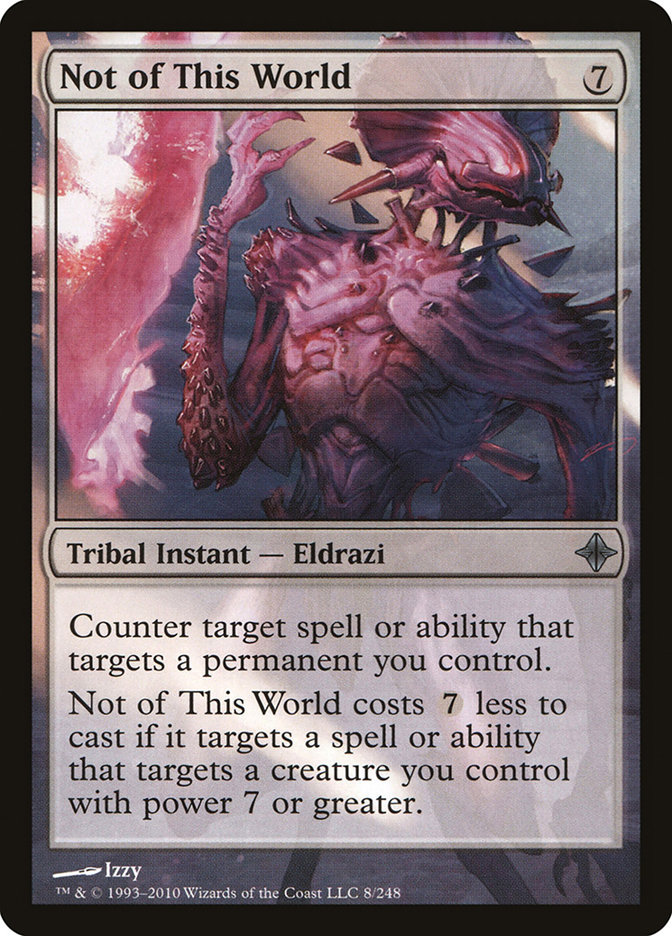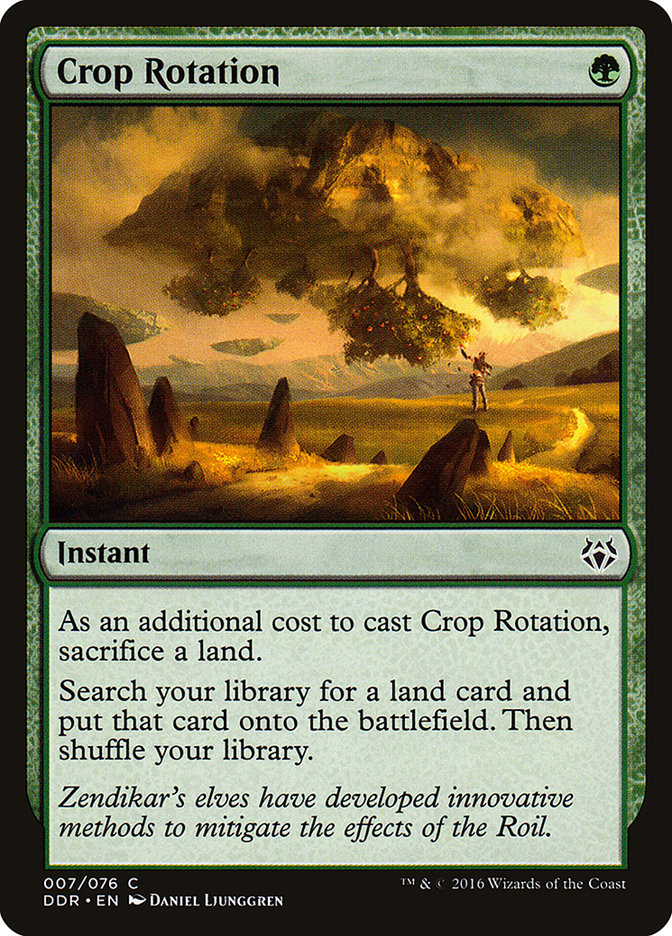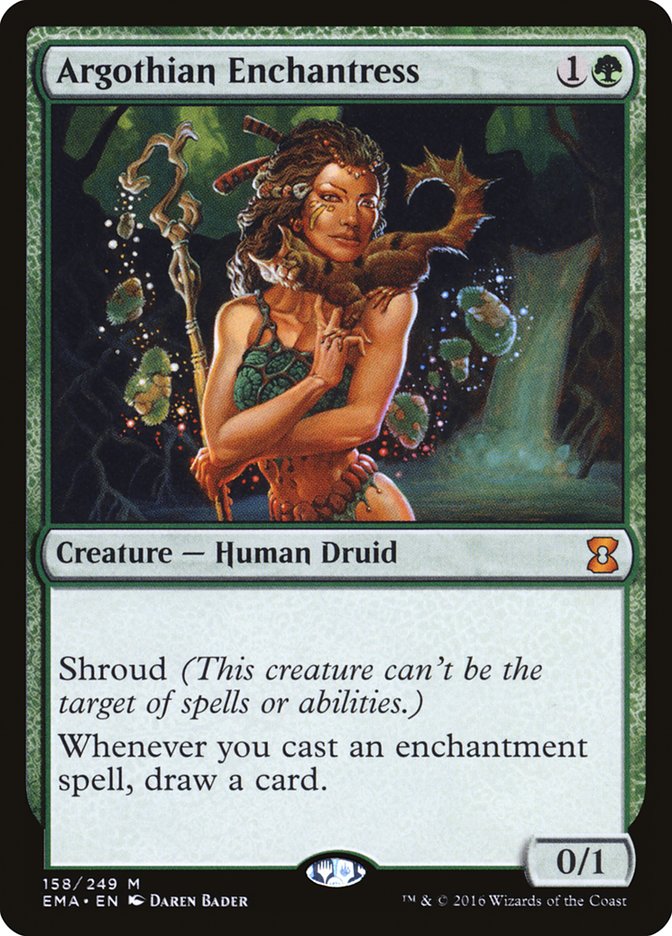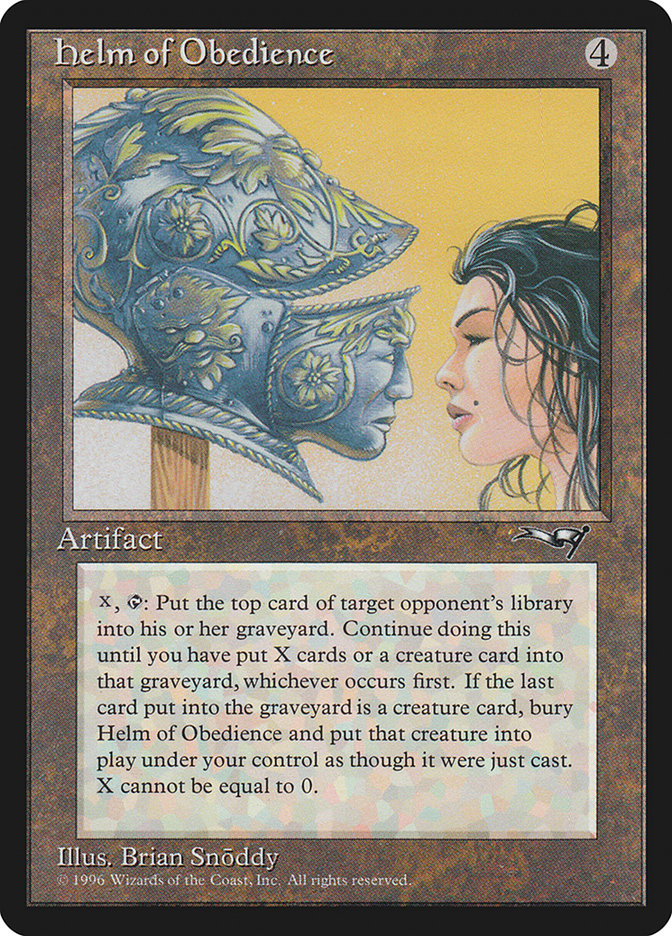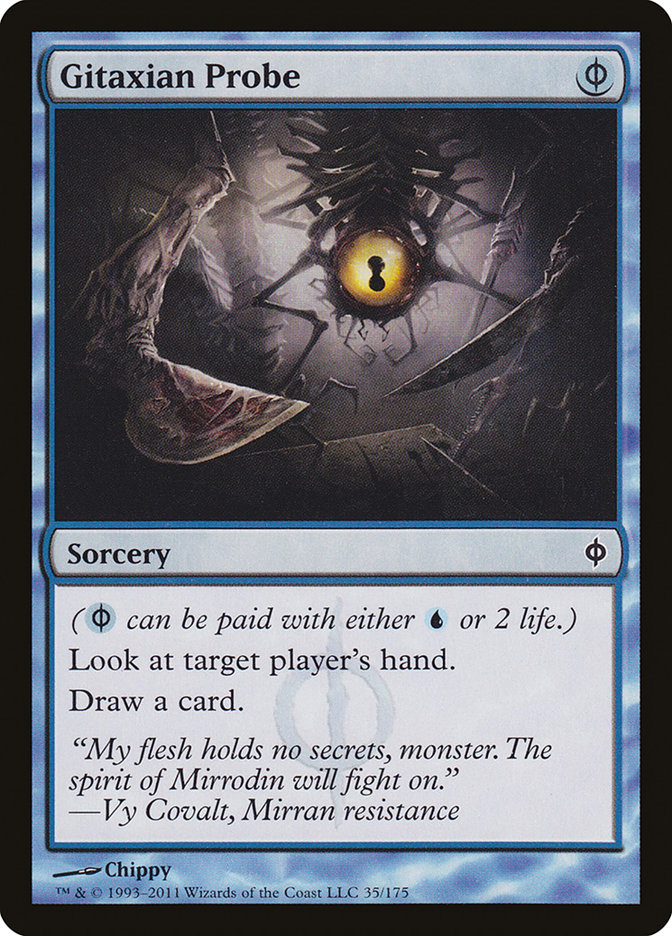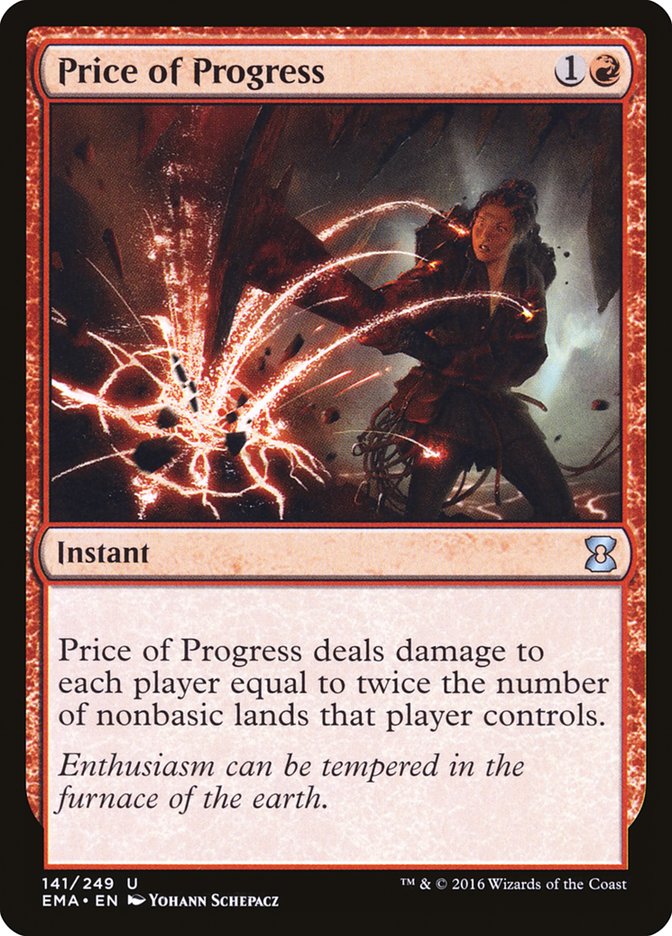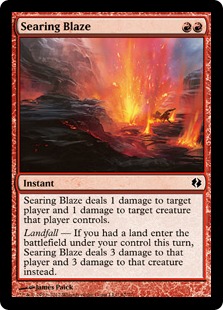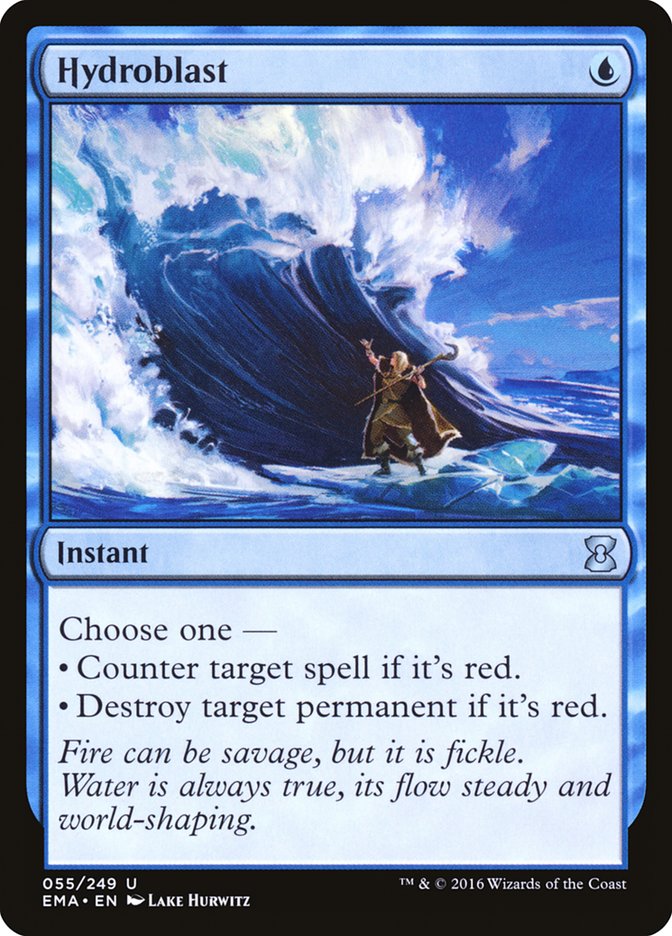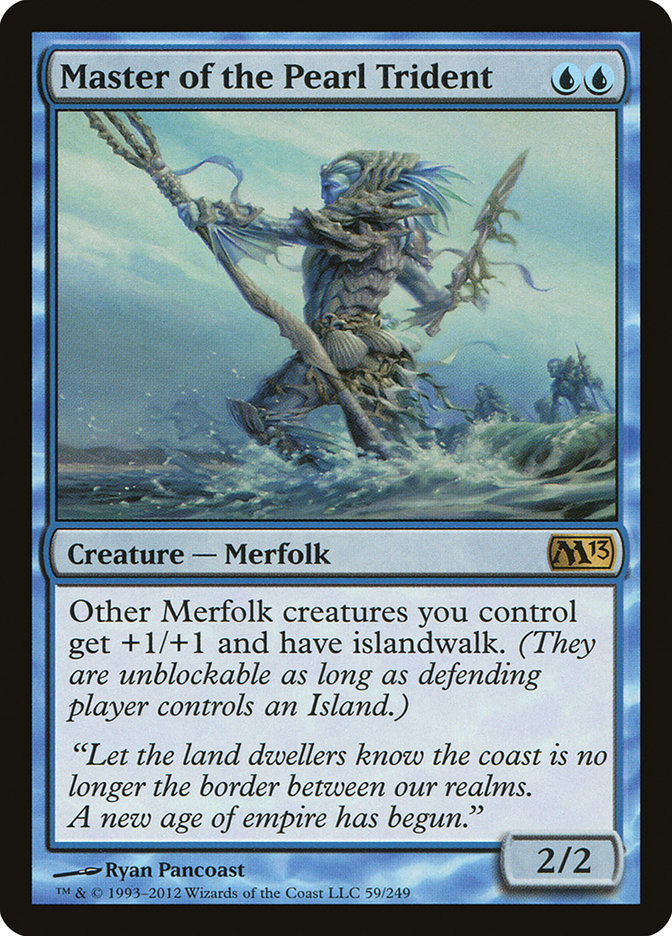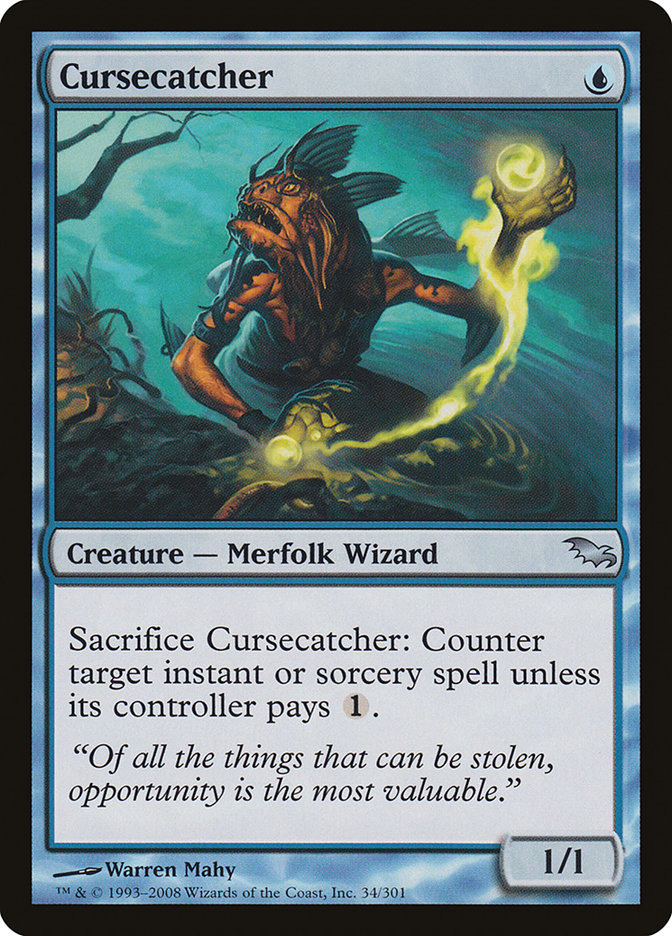Last week I wrote about some Legacy decks that I thought would perform well during Eternal Weekend and that could be good for the Legacy Open this weekend in Baltimore. Other than the winning B/G Depths deck, things went mostly as expected.
This week I’m exploring more options to play at #SCGBALT. Before Eternal Weekend, it’d been a while since we’d had a large Legacy tournament. I’m highlighting decks that interest me in my personal path to finding a deck for the weekend that fits me.
Spoiler: It’s probably going to be Infect.
Different Delvers
Creatures (15)
Lands (19)
Spells (26)

While having similarities to Noah Walker’s Grixis Delver, the build that Jarvis Yu played has more of a controlling slant that plays out way differently, even though the card differences are few.
Typically Grixis Delver uses Young Pyromancer with Cabal Therapy to rip apart the opponent’s hand. Each Flashback creates a new Elemental token, so you always keep parity on them. Gitaxian Probe also helps to ensure the first Cabal Therapy hits.
There are downsides. Cabal Therapy can be tough to use without the crutch of Gitaxian Probe. The Flashback isn’t great if you have to sacrifice a real creature like Deathrite Shaman. You also have to lean harder on Volcanic Islands, which don’t work well with Deathrite Shaman.
The changes that Jarvis Yu had are less gimmicky. The deck is also built to go longer. Slightly bigger and better is often a recipe for success in mirror matches.
Snapcaster Mage is the card advantage that you want. In low-resource environments, the last card will be the winning card. With Lightning Bolts flying and Force of Wills emptying hands, Legacy is low-resource more often than not.
It’s nice to have a trump card that is fairly cheap, can be pitched to Force of Will, and can come down as early as turn 2. True-Name Nemesis is the ultimate creature to race with in creature mirrors, as it can block anything from Gurmag Angler to a small pile of little creatures. Once the time is right, it’s a Lightning Bolt to the opponent every turn.
Creatures (14)
Planeswalkers (2)
Lands (19)
Spells (25)

Sultai Delver is an option that has been overshadowed by Grixis (really Four-Color) Delver. Here we skip Lightning Bolt and company. We also play a heavier black base that supports Hymn to Tourach and Liliana of the Veil.
Personally, I prefer fewer colors to more. Hymn to Tourach can outright beat decks. Liliana of the Veil is the trump card of choice and even beats True-Name Nemesis.
The sideboard Shardless Agents look great too in grindy matchups. Just make sure you sideboard out your Dazes. I don’t love the Jace, the Mind Sculptors with nineteen lands and would like to see a twentieth in the sideboard. This might involve playing a ninth fetchland maindeck and moving a Wasteland to the sideboard. Certainly not a common distribution, but it’s one I’m comfortable with.
Of the Delver decks, I think I like Sultai Delver the most for #SCGBALT.
Creatures (12)
Lands (18)
Spells (30)

Another old favorite is Temur Delver. The strength of Temur Delver is Nimble Mongoose, which increases in value relative to the number of Swords to Plowshares going around. Tarmogoyf is good when there are a lot of Lightning Bolts and small creatures going around.
If the Grixis Delver players are adjusting their decks to beat each other, it may be time to simply dial it back to a different build like Temur Delver. You lose the acceleration, interaction, and reach of Deathrite Shaman but gain a smooth gameplan and manabase.
Fringe Decks on the Rise
Creatures (8)
Lands (23)
Spells (29)

Word on the street is Oran was on the fence about playing the tournament at all before ultimately registering his pet deck.
This deck attempts to remove the ice counters from Dark Depths as soon as possible with Vampire Hexmage. With Urborg, Tomb of Yawgmoth, this can happen on the second turn. With a pair of Lotus Petals, it can happen on the first turn.
Not of This World complements the all-in nature of Oman’s Dark Depths deck. There is no Plan B (two-power beats notwithstanding). You want to shake up the opponent’s hand a little with some discard and then move in on your 20/20. It’s a creature combo deck, not unlike Infect. Infect has a free pump spell in Invigorate. Not of This World is a free Vines of Vastwood.
The Crop Rotations can find either Thespian’s Stage or Dark Depths, threatening to combo on the opponent’s turn out of nowhere. A toolbox element is also added incidentally. Sejiri Steppe can protect against Swords to Plowshares. Bojuka Bog can mess up Reanimator. Karakas out of the sideboard can bounce an Emrakul, the Aeons Torn. Ghost Quarter busts up an opposing Karakas.
My motto with Modern has been to do the most degenerate thing that no one’s prepared for. Hyper Dark Depths combo is pretty degenerate when people don’t know what’s going on. If I were to play an all-in deck at #SCGBALT, I like this over more common choices such as Reanimator or Show and Tell.
Creatures (6)
Lands (21)
Spells (33)

It always feels like a breath of fresh air whenever I see an Enchantress deck doing well. It’s as “fair” as a combo deck can be. Enchantress isn’t trying to “oops, I win” like a Goblin Charbelcher deck. It plays value interaction that’s necessary without running discard or Force of Will.
Enchantress aims to get an Argothian Enchantress or Enchantress’s Presence online and then start jamming enchantments onto the battlefield. Wild Growth are Utopia Sprawl usually mana-neutral. Carpet of Flowers can be even better than that, adding mana to your pool during the second main phase of the same turn.
Elephant Grass gives the Enchantress deck enough time to lock the opponent out with Solitary Confinement. Eventually enough mana can be made with Serra’s Sanctum to cast Emrakul, the Aeons Torn.
The sideboard offers the sneaky Helm of Obedience and Rest in Peace combo. Basically, you activate Helm of Obedience for one and go through your opponent’s whole deck because a card never hits the graveyard, a fine complement to Rest in Peace when you’re already sideboarding it in.
Forgotten Favorites
Creatures (13)
Planeswalkers (2)
Lands (21)
Spells (24)

I remember Esper StoneBlade being the deck to play if you wanted to “beat anything”. All the tools are there. Countermagic, discard, card advantage. True-Name Nemesis wearing an Umezawa’s Jitte.
What Esper StoneBlade has historically lacked has been closing speed. If True-Name Nemesis and/or Jace, the Mind Sculptor are dealt with and the Batterskull gets removed, then there aren’t many winning routes left.
Esper StoneBlade is truly the fairest of the fair. The reason I would want to play it is for Stoneforge Mystic. Umezawa’s Jitte and Batterskull haven’t seen much play outside of Death and Taxes lately. I think the relatively low amount of lifegain going around might give rise to the next deck…
Creatures (14)
Lands (19)
Spells (27)

Burn was once one of the most popular decks for new Legacy players to pick up. The concept is easy to understand and doesn’t take a deep understanding of the format to play.
Burn hasn’t had the numbers it once did. Maybe people have graduated to more complicated decks. Maybe combo is too prevalent for the “turn 4 combo” Burn deck to compete with. I think Burn is just a boring deck and people have moved on.
Reid Duke chose to play Burn in the recent Legacy Champs at Eternal Weekend. His decision caught many people off-guard, including myself. Why would such an experienced Legacy player choose a deck as simple-minded as Burn? Why not play a deck that he can leverage his skill edge with?
Grixis Delver is very popular. Small creatures are great when you can fill up on Searing Blazes and contain the battlefield with Grim Lavamancer. Gitaxian Probe is weak, especially against Eidolon of the Great Revel. Everyone has a bunch of nonbasic lands for Price of Progress to burst into flames.
Hydroblast and Blue Elemental Blast are extinct from blue player sideboards. A couple of years ago, when Burn was prominent, I’d play three in my Infect sideboard. Without blue Blasts or many dedicated lifegain cards going around, it looks like it’s a fine time to be “Burn Person” again.
Creatures (25)
- 4 Lord of Atlantis
- 4 Silvergill Adept
- 4 Cursecatcher
- 3 Phantasmal Image
- 4 Master of the Pearl Trident
- 4 True-Name Nemesis
- 2 Harbinger of the Tides
Lands (20)
Spells (15)
Sideboard

Last, our forgotten scaly friends. The first Open I won a million years ago was with Zoo in Legacy. I played it because it fried Fish really well.
Merfolk follows a similar school of thought to the Delver decks: get a threat onto the battlefield and clock the opponent while disrupting their gameplan with countermagic. Heck, Cursecatcher is both in the same card.
Merfolk is a synergy deck; its pieces work off each other. Lords like Lord of Atlantis and Merfolk of the Pearl Trident tag-team to outgrow opposing creatures if it comes to combat. It rarely does, though, as well over half of Legacy decks play some form of Island.
The skill of Merfolk mainly boils down to what to pitch to Force of Will. Cards are precious, especially when trying to utilize a nonland noncreature card like Aether Vial.
The card that’s been recently added that has me interested the most in Merfolk is Chalice of the Void. Your one-drops are just that: great plays on turn 1, much weaker later. Cards like Brainstorm, Spell Pierce, and Crop Rotation are often mid-game plays that Chalice of the Void will still have a chance to nullify. Cavern of Souls can help push through a Cursecatcher if needed.
Legacy, Finally
Legacy used to be my best format. Hopefully I haven’t accumulated too much rust. I bring my Infect and Pox Legacy decks to every Open in case I scrub out and end up in the Legacy Classic. Both fortunately and unfortunately, I’ve been playing in Day 2 of Opens, and those decks I lug around from city to city have begun to collect dust.
Win or lose in Baltimore, I’ll be happy to be playing Legacy again.





